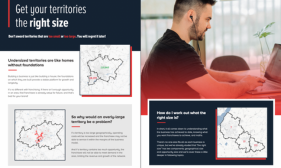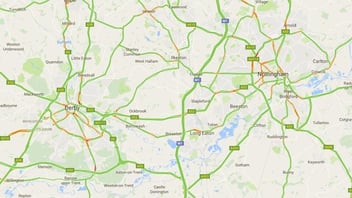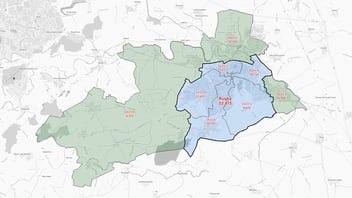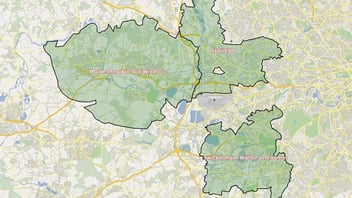January 16, 2012
As a franchise business develops, or any business for that matter, brand awareness increases and where a geographic presence is required, it can become easier to develop business from the strength of the brand. E.g. when a popular retail business decides to set up shop in a new town the mere rumour of that outlet can sometimes drive positive word of mouth marketing.
Also as a business model develops so does its practices and capabilities. As a result of continuous improvement and evaluation, the best businesses rise to the top of a market with a lean business able to adapt to variable economies. In the case of a franchise, the franchise model and management of the network can change greatly from when the first few franchisees were coming on board. This might be further knowledge and understanding of how the franchise model works or how necessity has driven technological improvements at head office e.g. cloud CRM's or new point-of-sale systems - all of which impact how new franchisees are handled.
So how does this relate to franchise territory mapping? If I asked you, "Do you think the commercial opportunity being given away at the start of your franchise expansion is reflected in the offer made to prospective franchisees today?", what would you say?
In our (Atlas Mapping's) experience, developed franchises that request franchise territory mapping services have given away too much opportunity in the early stages and have now revised down the territory size. This is for any number of reasons including the points made at the beginning of this article.
To our clients, we suggest that the territory network is reviewed on an annual or bi-annual basis. This practice helps to not only visualise the current status of the franchise network but also to spot trends.
As an example, one of our clients recently spoke of a customer base threshold that all of their franchisees were reaching and didn't seem to ever expand beyond that point. Speculatively this could be due to the franchise model, the limits of a single franchisee or the general mindset of the franchisee profile. The important point is that this was not something that could be predicted and was knowledge only gained by the client through the development of the franchise. With this knowledge the client was able to re-evaluate the franchise territory network, further downsizing territories without the fear of the franchisee not being able to generate enough business - all because of the increased brand strength.
Another benefit of re-evaluating territories is to monitor how franchisees are operating their patch and gauging whether they are only operating in a small radius around their base location. Where franchisees have been awarded too much territory, re-evaluation helps to identify areas that could be sectioned off for resale or clawed back by the franchisor through various methods. The goal is to increase market penetration and therefore maximise franchise revenue.
The aim of this article was to highlight a few areas that are very often neglected but can provide an extra revenue stream for a franchise in development. As franchising is a business model reliant on the performance of existing franchisees and the sales of new franchisees coming on board, developing more intelligent practices and outside-of-the-box thinking can really help sustain a successful business.






